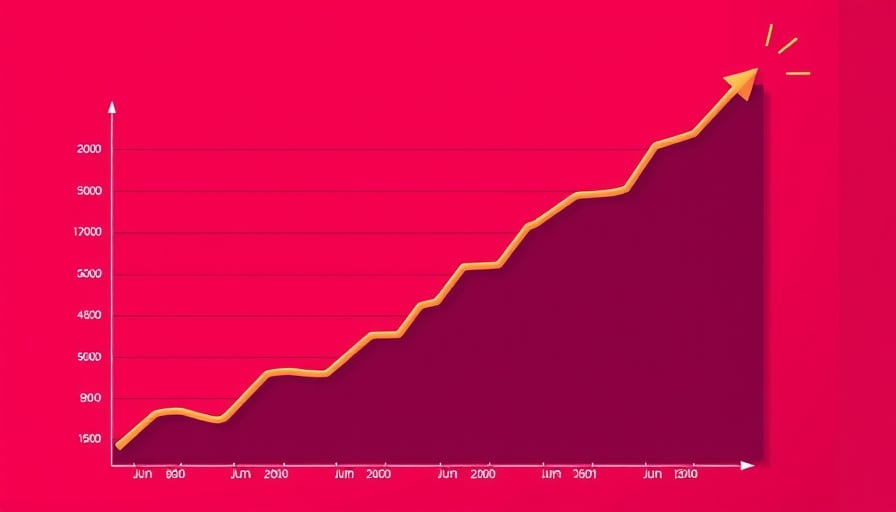In the volatile world of cryptocurrency, FIGHT has emerged as a focal point of intense scrutiny and debate. As of October 14, 2025, the currency’s close price stood at a mere $0.000430005, a stark contrast to its 52-week high of $0.0653025 recorded on January 18, 2025. This dramatic fluctuation underscores the inherent instability and speculative nature of digital currencies, raising critical questions about their viability as a reliable asset class.
The precipitous decline from its peak to its current valuation highlights the speculative bubble that has characterized much of the cryptocurrency market. Investors, lured by the promise of exponential returns, have often overlooked the fundamental risks associated with these digital assets. FIGHT’s trajectory serves as a cautionary tale, illustrating the potential for significant financial loss in a market driven more by hype than by intrinsic value.
Moreover, the 52-week low of $0.000107456, observed on December 19, 2024, further emphasizes the volatility and unpredictability of FIGHT. Such extreme fluctuations challenge the notion that cryptocurrencies can serve as a stable store of value or a hedge against traditional financial systems. Instead, they reveal a market susceptible to rapid shifts in investor sentiment, regulatory changes, and technological advancements.
Critics argue that the lack of regulatory oversight and the opaque nature of many cryptocurrency projects contribute to the market’s instability. FIGHT, like many of its peers, operates in a largely unregulated environment, leaving investors exposed to potential fraud and market manipulation. This lack of transparency and accountability raises serious concerns about the long-term sustainability of cryptocurrencies as a legitimate financial instrument.
Furthermore, the environmental impact of cryptocurrency mining cannot be ignored. The energy-intensive processes required to maintain blockchain networks have drawn widespread criticism, prompting calls for more sustainable practices. As the world grapples with the urgent need to address climate change, the environmental footprint of cryptocurrencies like FIGHT becomes increasingly untenable.
In conclusion, the case of FIGHT exemplifies the broader challenges facing the cryptocurrency market. While the allure of quick profits continues to attract investors, the underlying risks and ethical considerations cannot be overlooked. As the market evolves, it is imperative for stakeholders to demand greater transparency, regulation, and sustainability to ensure that cryptocurrencies can fulfill their potential as a transformative financial technology.
